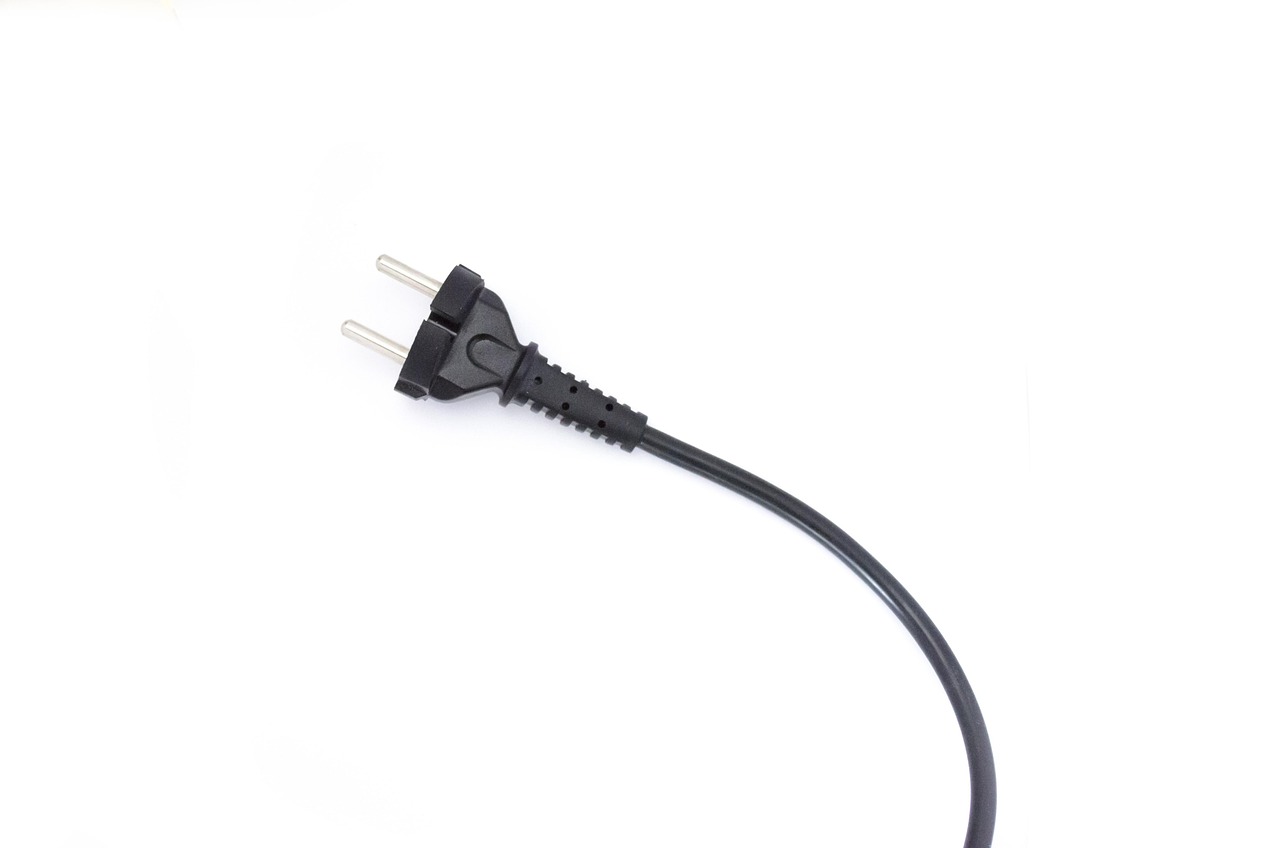The Dawn of Stretchable Electronics: Unfolding the Future of Wearable Tech
The world of technology is forever expanding, and the latest frontier seems to be stretchable electronics. This innovative concept takes the idea of wearable tech to a whole new level, promising a future where our clothes could be embedded with electronic devices that are flexible, durable, and highly functional. Let's delve into this fascinating topic, tracing its evolution, understanding its current developments, and forecasting its potential impact on the global market.

The Genesis of Stretchable Electronics
Stretchable electronics, also known as elastronics, first surfaced in the early 2000s, when researchers began exploring the idea of combining the physical properties of elastomers with the electrical properties of metals. They aimed to create a new class of materials that could stretch and bend like rubber, yet conduct electricity like copper. Early prototypes included stretchable circuits, sensors, and even batteries, but the technology was primarily lab-bound due to its cost, complexity, and lack of practical applications.
Recent Breakthroughs: Stretching the Boundaries
Fast forward to today, and stretchable electronics is making significant strides towards becoming a commercial reality. Researchers from Stanford University recently developed a stretchable transistor, a breakthrough that could pave the way for flexible displays, skin patches, and even wearable monitors. Meanwhile, a team from the University of Houston has created a stretchable, high-performance battery that could power these devices. These developments suggest that the technology is maturing rapidly, and its commercial applications are becoming more evident.
Stretchable Electronics: The Market Perspective
The potential of stretchable electronics goes beyond just novelty; it represents a major business opportunity. Analysts predict that the global stretchable electronics market could reach $360 million by 2025, driven by demand from industries such as healthcare, fitness, and fashion. For instance, stretchable electronic devices could be used in smart clothing to monitor body temperature, heart rate, and other vital signs, offering a more comfortable and convenient alternative to traditional wearable devices.
The Road Ahead: Challenges and Opportunities
Despite the progress, stretchable electronics still face significant challenges. The primary hurdle is durability: while these devices can withstand tensile stress, they are vulnerable to wear and tear, especially in real-world conditions. Additionally, the technology requires further miniaturization and optimization to be truly wearable. However, these challenges also present opportunities for innovation. Overcoming these obstacles could spur the development of new materials, designs, and manufacturing techniques, potentially pushing the boundaries of what’s possible in wearable tech.
The Future is Stretchable: A Sneak Peek
So, what does the future hold for stretchable electronics? One possibility is the emergence of “smart” clothing that can adapt to the wearer’s body and environment, providing personalized comfort and functionality. Another is the integration of stretchable electronics with other technologies, such as AI and IoT, to create a new generation of intelligent wearable devices. While the road may be long and winding, the potential rewards are immense. With continued research and development, stretchable electronics could revolutionize the way we interact with technology, making it more personal, intuitive, and immersive than ever before.
In conclusion, stretchable electronics represent a fascinating intersection of material science, electrical engineering, and wearable tech. While the technology is still in its infancy, its potential to transform industries and everyday life is undeniable. As we stretch our imaginations and push the boundaries of innovation, the future of wearable tech is quite literally expanding before our eyes.





